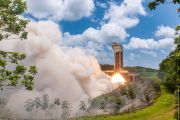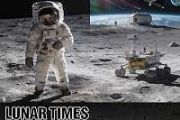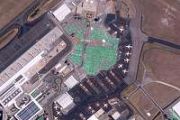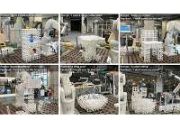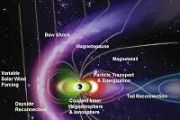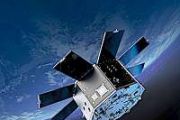
Copernical Team
RS-25 engines certified for future Artemis missions after long testing program
 L3Harris Technologies and Aerojet Rocketdyne have concluded a comprehensive series of development and certification tests for the RS-25 engine, confirming its readiness for upcoming Artemis missions, starting with Artemis V. These tests were carried out at NASA's Stennis Space Center, involving a total of 45 development tests and 24 certification tests.
The RS-25 engines, crucial for the p
L3Harris Technologies and Aerojet Rocketdyne have concluded a comprehensive series of development and certification tests for the RS-25 engine, confirming its readiness for upcoming Artemis missions, starting with Artemis V. These tests were carried out at NASA's Stennis Space Center, involving a total of 45 development tests and 24 certification tests.
The RS-25 engines, crucial for the p US, Russian, Belarus ISS colleagues return to Earth
 A NASA astronaut, a Russian cosmonaut and Belarus's first ever space traveller on Saturday returned to Earth safely after a fortnight aboard the International Space Station, Russia's Roscosmos agency reported.
"Today, at 10:17am Moscow time (0717 GMT), the descent vehicle of Sozuz MS-24 manned spacecraft landed near the Kazakh city of Jezkazgan," Roscosmos reported.
"The (vessel's) deor
A NASA astronaut, a Russian cosmonaut and Belarus's first ever space traveller on Saturday returned to Earth safely after a fortnight aboard the International Space Station, Russia's Roscosmos agency reported.
"Today, at 10:17am Moscow time (0717 GMT), the descent vehicle of Sozuz MS-24 manned spacecraft landed near the Kazakh city of Jezkazgan," Roscosmos reported.
"The (vessel's) deor SpaceX launches 23 Starlink satellites ahead of two weekend launches
 SpaceX launched a payload of 23 Starlink satellites Friday atop a Falcon 9 booster from Florida's Cape Canaveral Space Force Station Complex.
The spacecraft launched at 5:12 a.m. EDT with the first stage booster rocket separating shortly after liftoff and landing on the drone ship A Shortfall of Gravitas in the Atlantic Ocean shortly afterward.
SpaceX confirmed that the Starlink
SpaceX launched a payload of 23 Starlink satellites Friday atop a Falcon 9 booster from Florida's Cape Canaveral Space Force Station Complex.
The spacecraft launched at 5:12 a.m. EDT with the first stage booster rocket separating shortly after liftoff and landing on the drone ship A Shortfall of Gravitas in the Atlantic Ocean shortly afterward.
SpaceX confirmed that the Starlink Why unprotected eclipse gazing will leave you seeing stars
 Just a single, unguarded glance at a solar eclipse can result in a lifetime of vision loss, eye health experts warn.
On Monday, tens of millions of spectators across Mexico, the United States and Canada will witness the Moon completely obscure the Sun's light, a rare celestial spectacle that won't be visible for most of North America again until 2044.
Medical literature is teeming with e
Just a single, unguarded glance at a solar eclipse can result in a lifetime of vision loss, eye health experts warn.
On Monday, tens of millions of spectators across Mexico, the United States and Canada will witness the Moon completely obscure the Sun's light, a rare celestial spectacle that won't be visible for most of North America again until 2044.
Medical literature is teeming with e Eclipse weather forecast points to clear skies in the Northeast and central US. Texas is iffy

Some who hope to witness Monday's total solar eclipse may see the sun obscured by clouds instead of by the moon.
There's still some time for forecasts to change, but meteorologists predict that eclipse day storms could blanket parts of the path, which stretches from Mexico and Texas through Maine and parts of Canada.
If clouds don't get in the way, viewers in the path wearing eclipse glasses will see the moon begin to slowly cover the sun until it is completely blocked, a period of darkness called "totality" during which temperatures drop and the sun's corona will be visible.
What's the forecast along the eclipse's path?
Clouds are expected in much of the eclipse's path Monday thanks to storms that are moving across the central U.S.
Huge star explosion to appear in sky in once-in-a-lifetime event
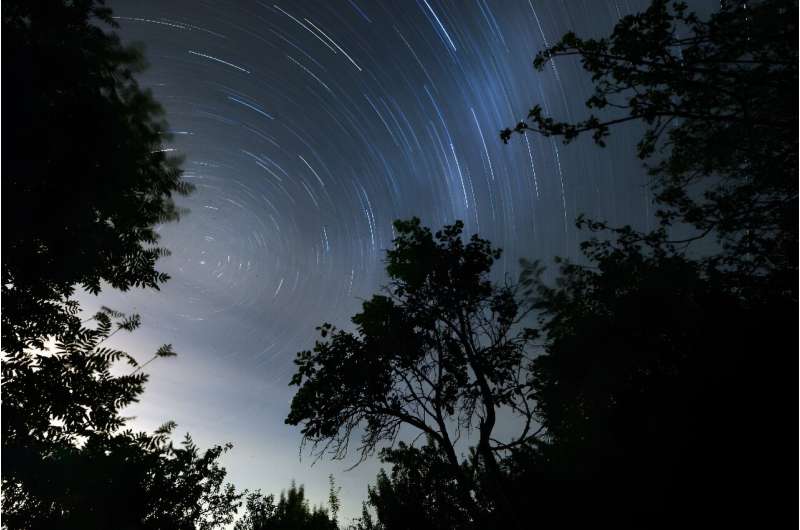
Sometime between now and September, a massive explosion 3,000 light years from Earth will flare up in the night sky, giving amateur astronomers a once-in-a-lifetime chance to witness this space oddity.
The binary star system in the constellation Corona Borealis—"northern crown"—is normally too dim to see with the naked eye.
But every 80 years or so, exchanges between its two stars, which are locked in a deadly embrace, spark a runaway nuclear explosion.
The light from the blast travels through the cosmos and makes it appear as if a new star—as bright as the North Star, according to NASA—has suddenly just popped up in our night sky for a few days.
A Soyuz capsule carrying 3 crew from the International Space Station lands safely in Kazakhstan
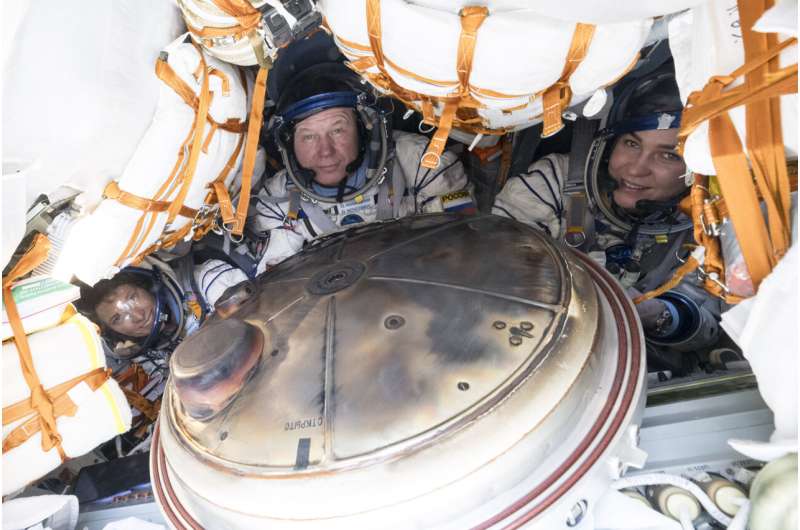
A Russian space capsule with two women and one man safely landed in a steppe in Kazakhstan on Saturday after their missions aboard the International Space Station.
The Soyuz MS-24 carrying Russia's Oleg Novitsky, NASA's Loral O'Hara and Marina Vasilevskaya of Belarus touched down southeast of the remote town of Dzhezkazgan at 12:17 p.m.
Video: Ariane 6 passes tests in preparation for first flight
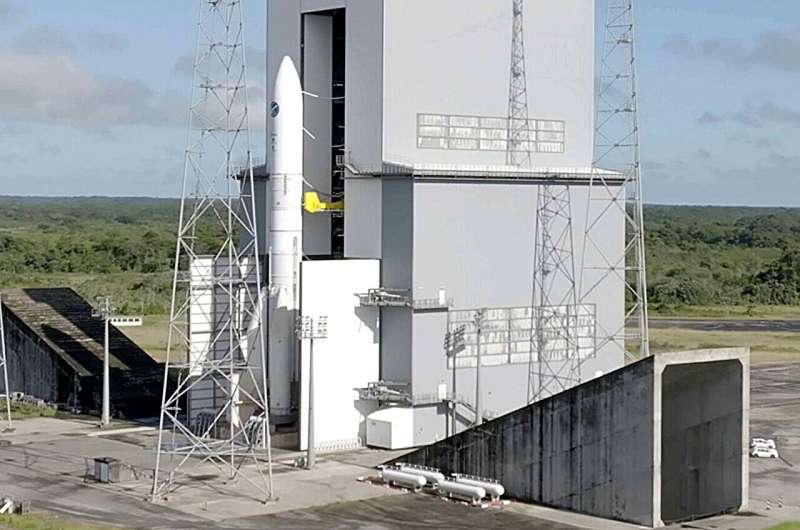
Europe's next rocket, Ariane 6, passed all its qualification tests in preparation for its first flight, and the full-scale test model has been removed from the launch pad to make way for the real rocket that will ascend to space.
The test model at Europe's Spaceport in Kourou, French Guiana, stood 62 m high. It is exactly the same as the "production model" Ariane 6 rockets that will soon be launched, except that its boosters do not need to be tested as part of the complete rocket, so the boosters are not fueled.
Teams preparing Ariane 6 for its inaugural flight successfully completed for the first time a launcher preparation and countdown sequence, on 18 July. Representatives of ESA, Ariane 6 prime contractor ArianeGroup and launch base prime contractor and test conductor CNES completed important objectives for system qualification and performed a series of actions fully representative of a launch chronology.
The launch simulation included the removal of the mobile gantry, the chill-down of ground and launcher fluidic systems, the filling of the upper and core stage tanks with liquid hydrogen (–253°C) and liquid oxygen (–183°C), and at the end of the test, the successful completion of a launch chronology up to the ignition of the Vulcain 2.1 engine thrust chamber by the ground system.
NASA achieves milestone for engines to power future Artemis missions
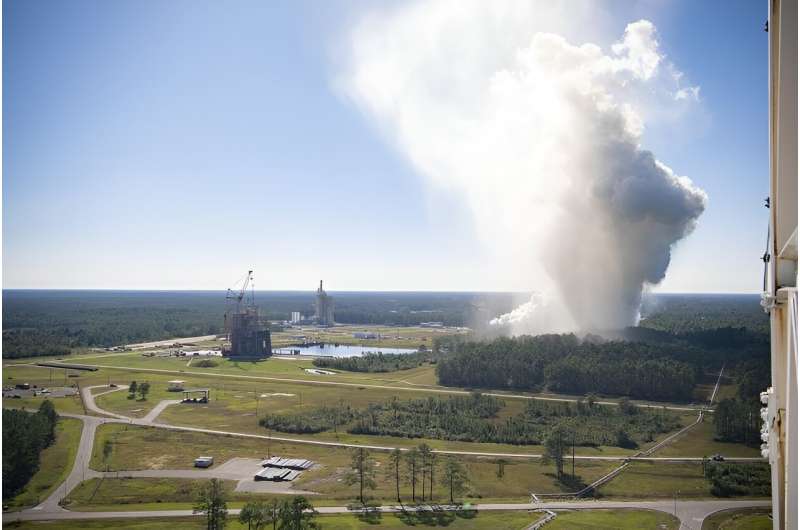
NASA achieved a major milestone April 3 for production of new RS-25 engines to help power its Artemis campaign to the moon and beyond with completion of a critical engine certification test series at NASA's Stennis Space Center near Bay St.
Week in images: 01-05 April 2024
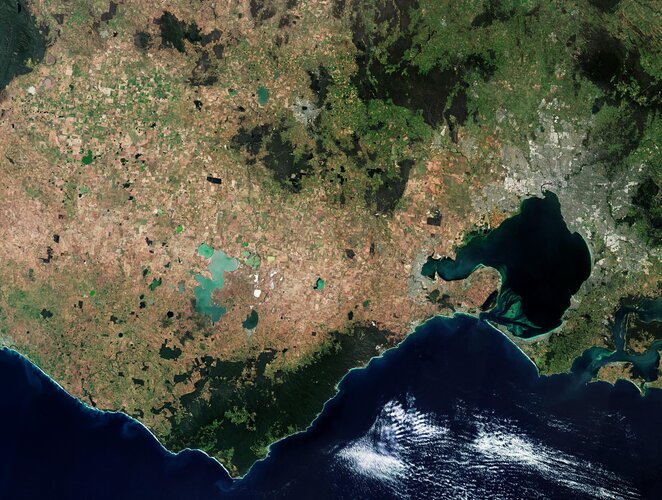
Week in images: 01-05 April 2024
Discover our week through the lens












